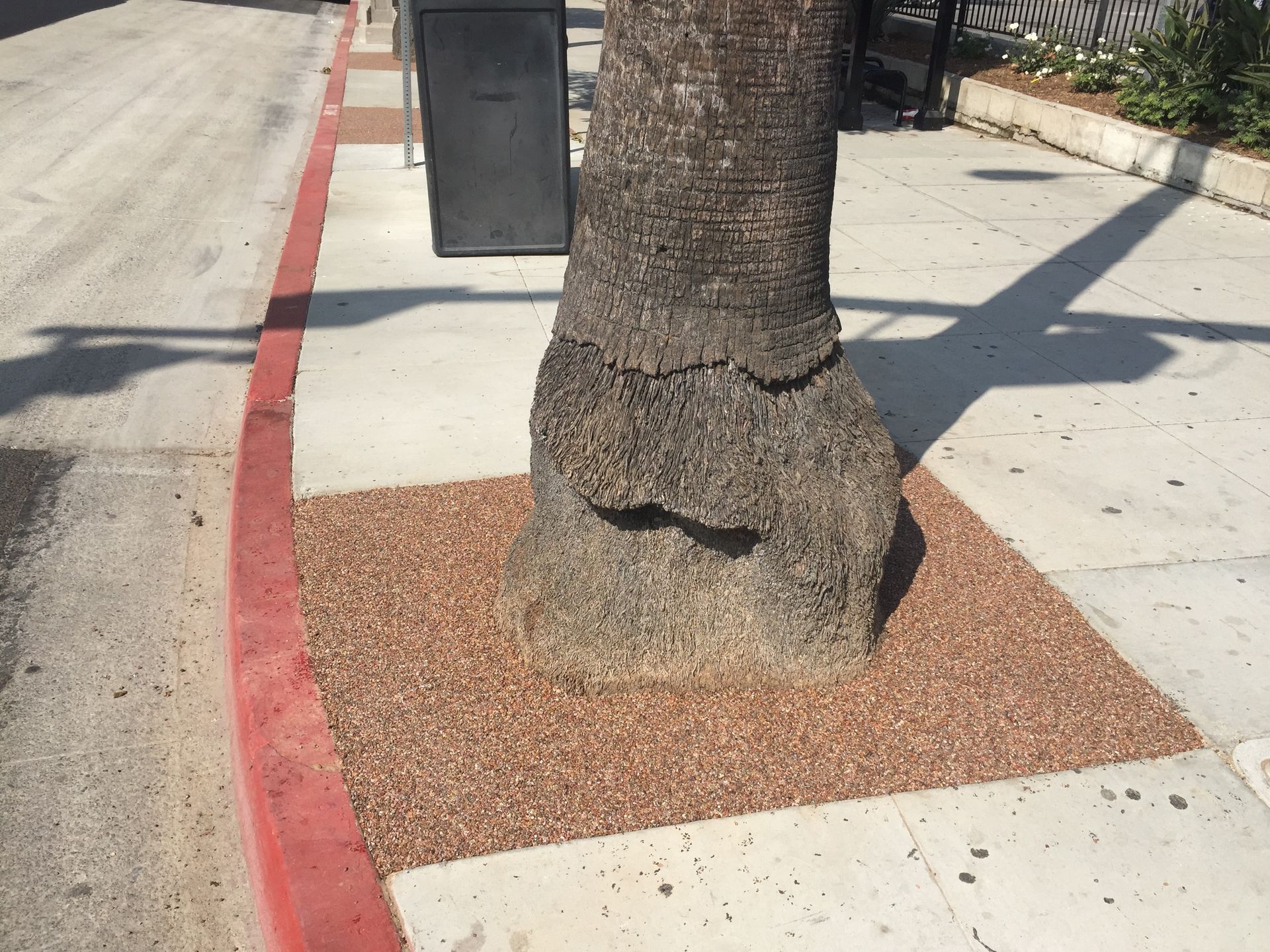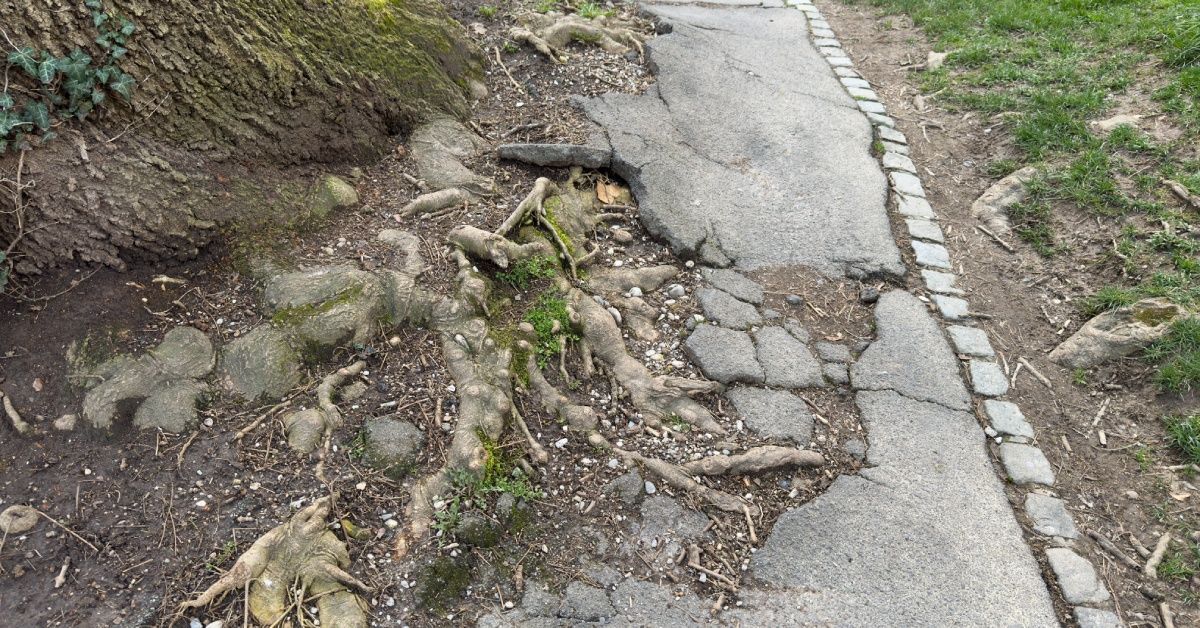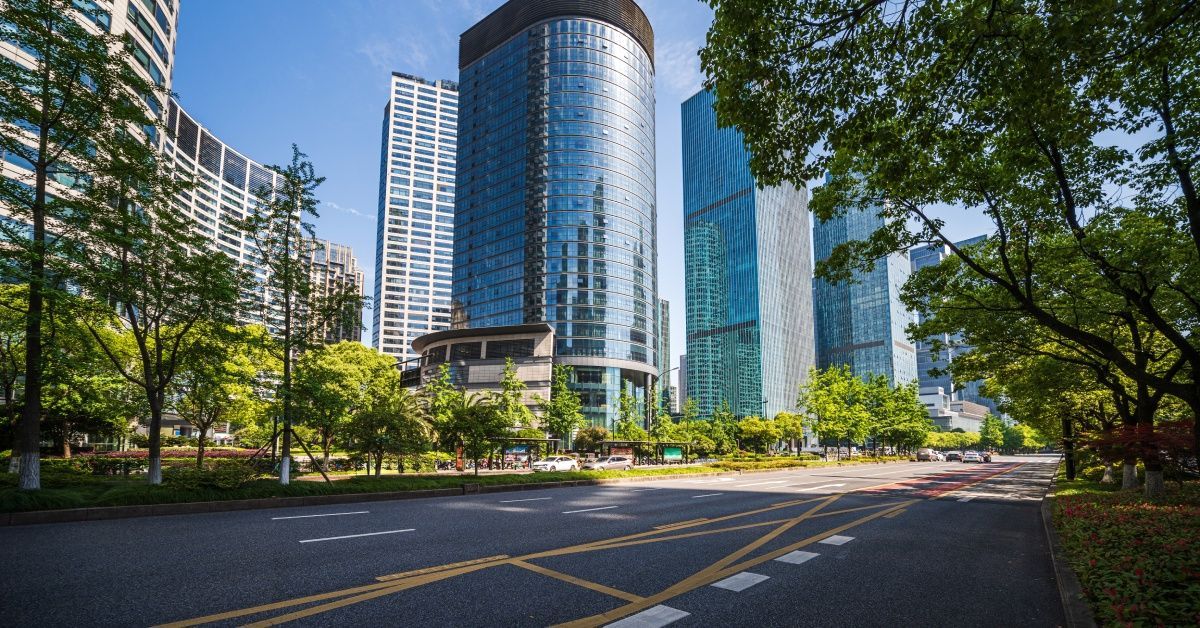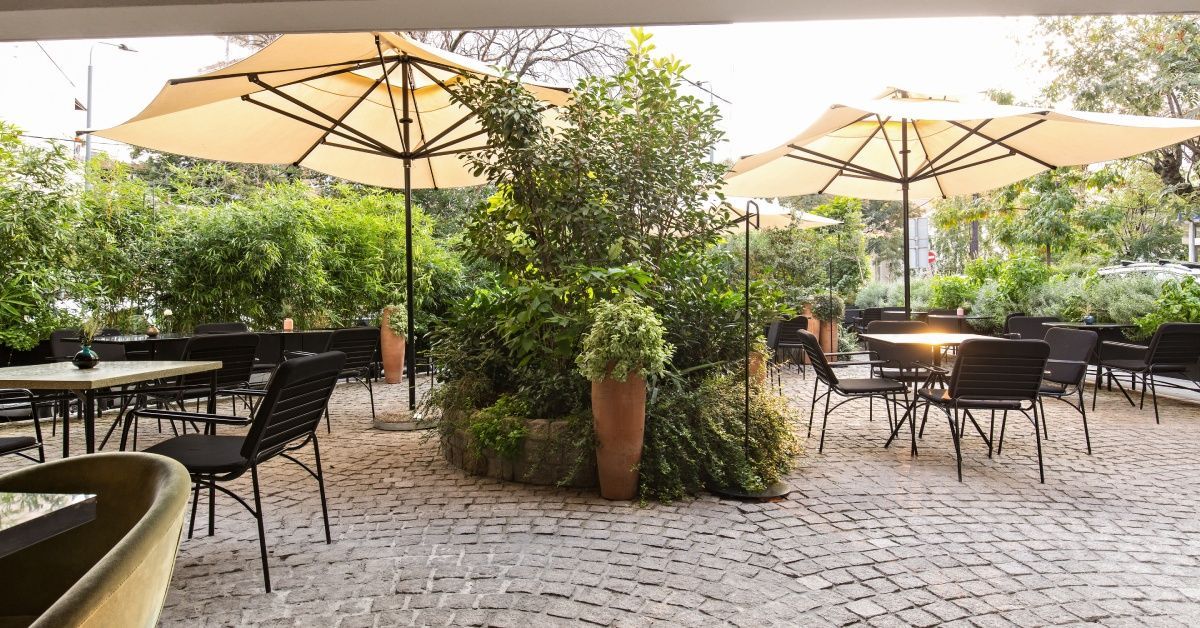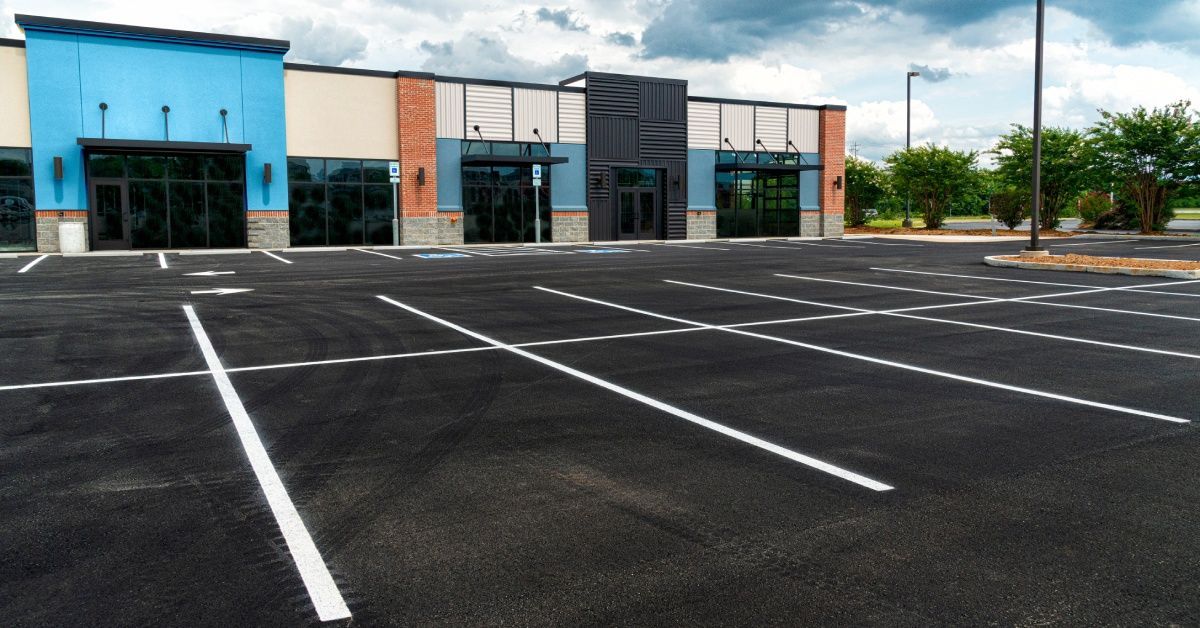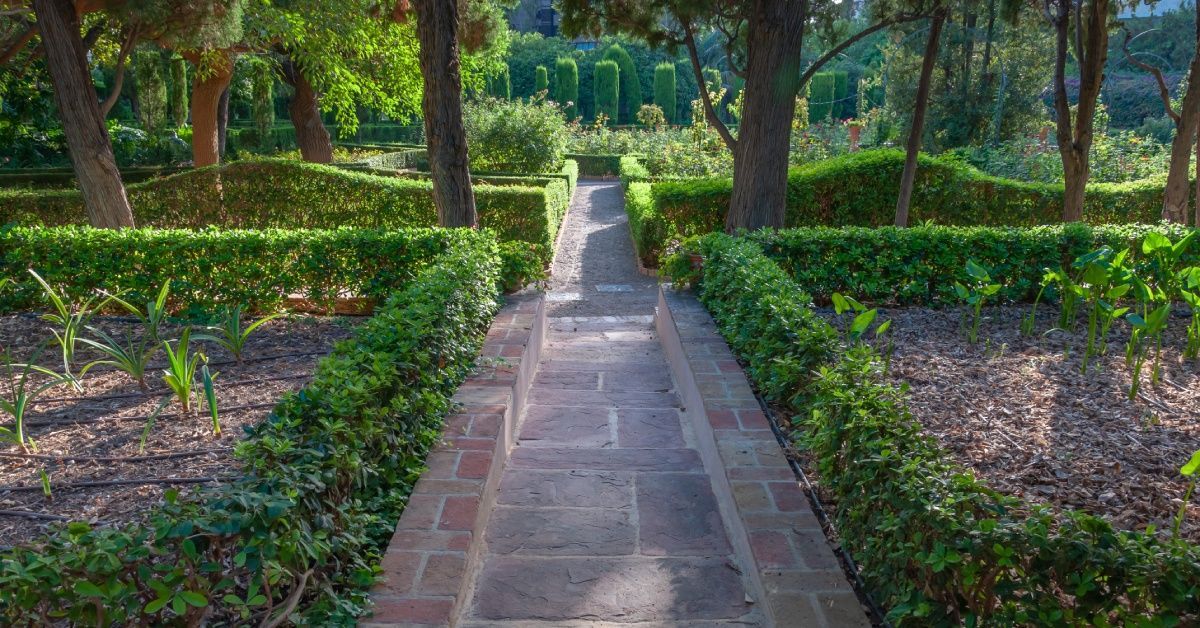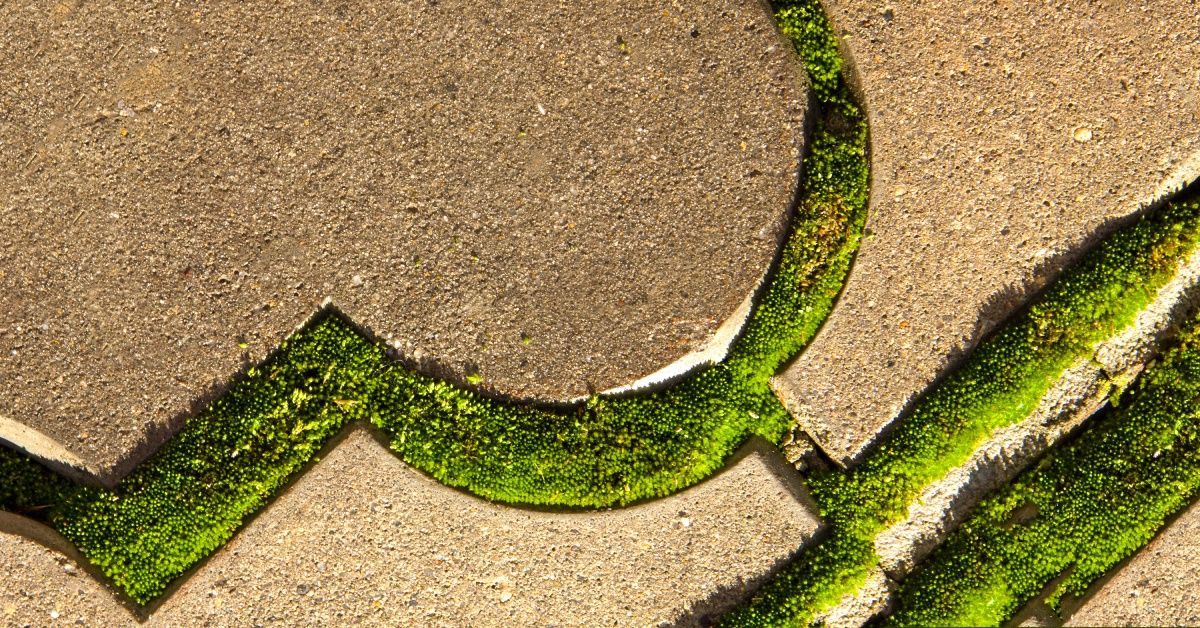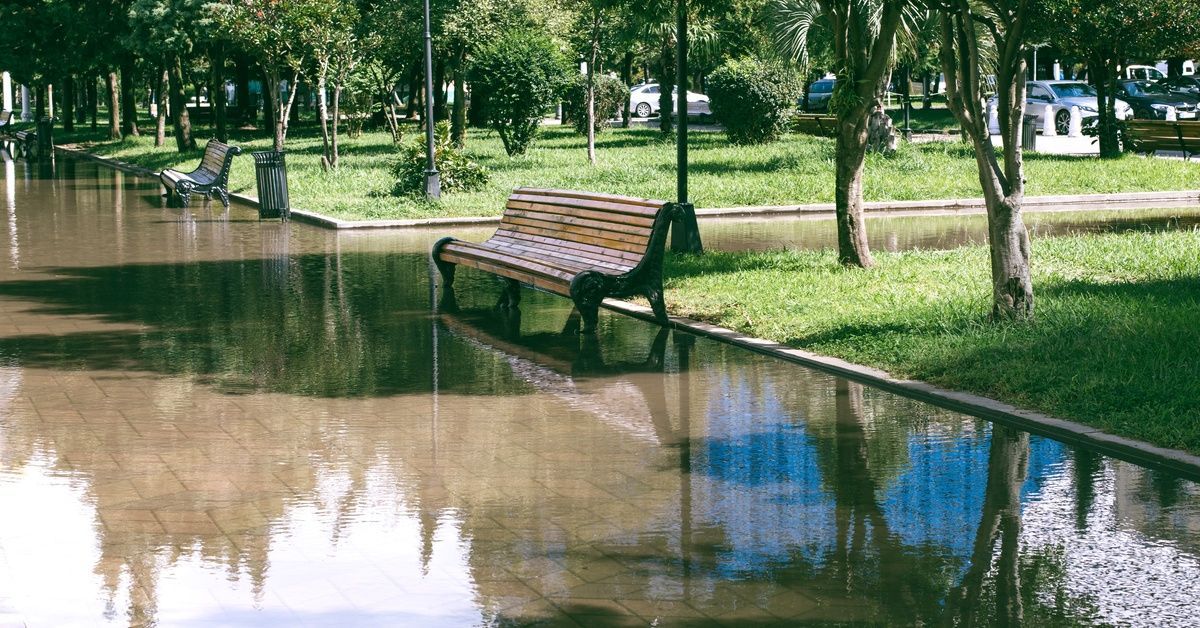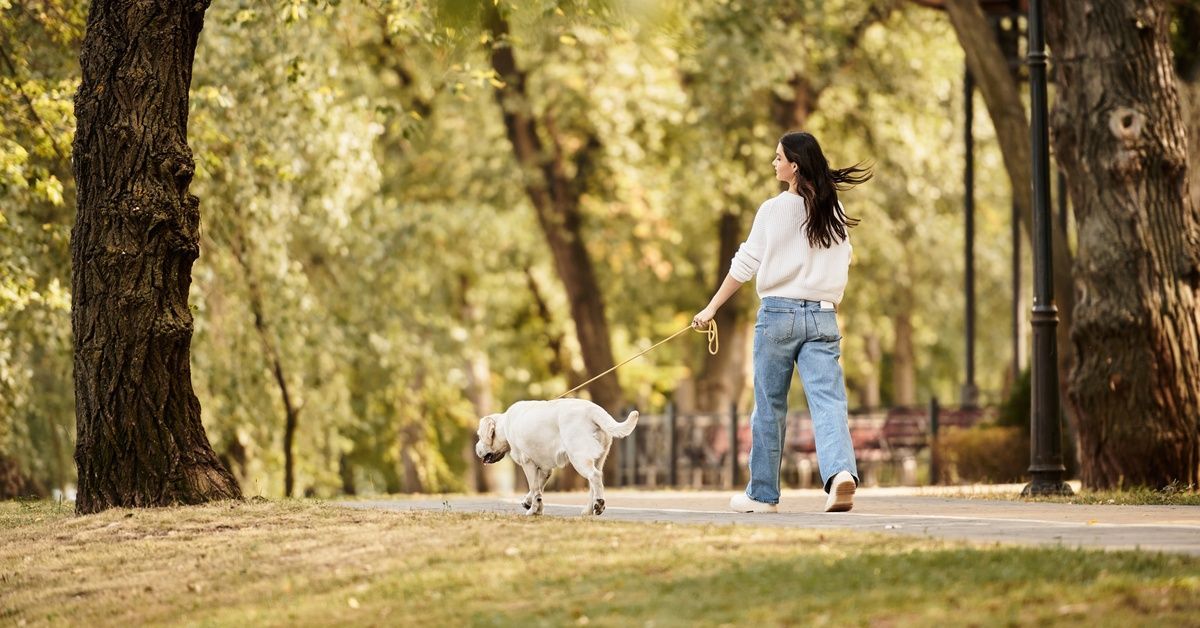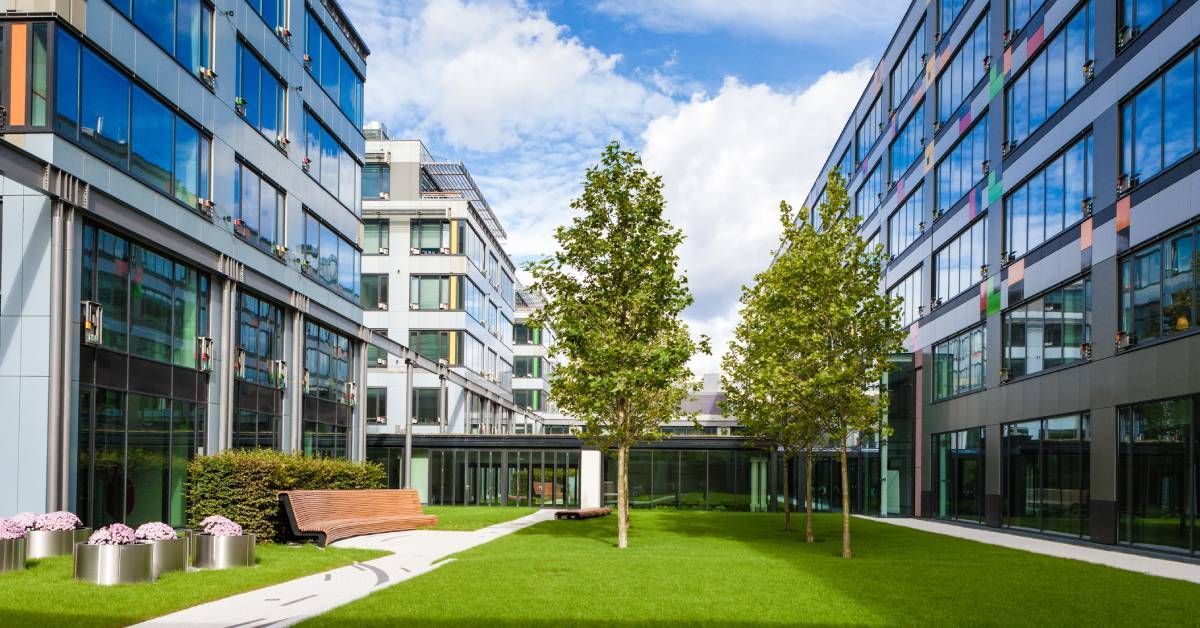What Is the Difference Between Porosity and Perviousness?
Understanding the differences between environmental terms is key for community projects. Before installing permeable pavement, you should know the difference between “porosity” and “perviousness.” While they sound similar, they have different meanings. We will explain the difference between porosity and perviousness and explore how they impact community projects.
What Is Porosity?
Porosity refers to the empty space or voids in a material or surface. It is a measure of the ability of a material to absorb and hold water. Porous materials include soil, rocks, and even pavement. When it rains, porous surfaces absorb the water and filter it into the ground, reducing runoff and erosion. Porosity is important in landscaping projects, as it helps with water conservation and drainage.
What Is Perviousness?
Perviousness refers to the ability of a material to allow fluids to pass through. Pervious surfaces include porous pavement and asphalt. Unlike regular pavement, which is impermeable and creates water runoff, pervious pavement allows rainwater to filter through the surface and into the ground. Community project leaders should consider pervious surfaces in order to reduce stormwater runoff and sustain the local infrastructure.
The Core Differences
One key difference between porosity and perviousness is the materials they apply to. Porosity relates to soil and rocks, while perviousness describes manufactured surfaces. While porosity alludes to the space within a material, perviousness allows liquids to drain through a surface’s inner channels.
Porosity and perviousness play an important role in many community projects, including green infrastructure. To reduce stormwater runoff and improve water quality, many cities are designing green infrastructure that incorporates porosity and perviousness. These projects include rain gardens, bioswales, green roofs, and permeable walkways to absorb rainwater.
The differences between porosity and perviousness are important to understand for anyone interested in improving their community. At Rockpave, we want to help you access premium permeable gravel and understand what you need to make it work for you. We provide top-of-the-line resin bound paving that can maximize drainage, reduce flooding, and make maintenance easier for infrastructure. Reach out to us today to learn more about porosity and perviousness and how they relate to permeable pavement solutions.
